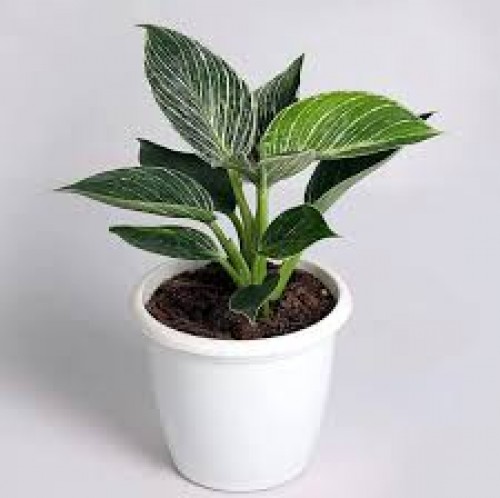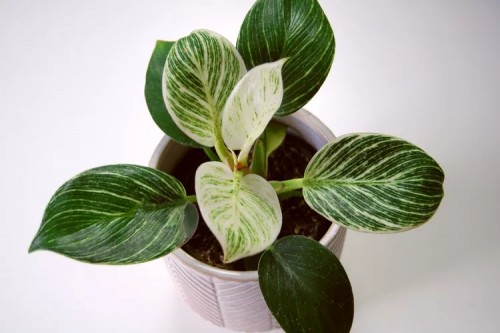60%
off
off
-
Sold
-

-

out
Philodendron 'Birkin'
Features
- Distinctive Foliage: Deep green leaves adorned with creamy white or yellow pinstripes, creating a striking visual contrast.
- Growth Habit: Compact, upright, and self-supporting, making it ideal for small spaces.
- Size: Reaches up to 3 feet in height when mature.
- Variegation Variability: Each leaf may display different patterns; mature plants might exhibit pink hues.
- Toxicity: All parts are toxic if ingested; keep out of reach of pets and children.
Uses
- Indoor Decor: Adds elegance to living rooms, offices, or bedrooms.
- Air Purification: Helps improve indoor air quality by filtering out toxins.
- Symbolism: Represents purity and renewal; a thoughtful gift for special occasions.
Care Guide
Light
- Optimal Lighting: Thrives in bright, indirect light. Direct sunlight can scorch leaves; insufficient light may reduce variegation.
Watering
- Watering Schedule: Water when the top inch of soil feels dry. Overwatering can lead to root rot.
Soil
- Soil Type: Prefers well-draining, peat-based potting mix. Ensure the pot has drainage holes.
Temperature & Humidity
- Temperature Range: Ideal between 65°F and 85°F (18°C to 29°C). Avoid sudden temperature drops.
- Humidity: Enjoys high humidity levels (50-60%) but can adapt to average household humidity. Mist leaves or use a humidifier if needed.
Fertilization
- Feeding: Apply a balanced, water-soluble fertilizer every 4-6 weeks during the growing season (spring and summer). Reduce feeding in fall and winter.
Pruning & Repotting
- Pruning: Remove yellow or damaged leaves as needed.
- Repotting: Repot every 2-3 years or when roots start to crowd the pot. Choose a pot one size larger.
Common Issues
- Yellowing Leaves: Often a sign of overwatering or over-fertilization.
- Brown Tips: May indicate low humidity or inconsistent watering.
- Pests: Susceptible to spider mites and mealybugs; treat with neem oil if infestations occur.